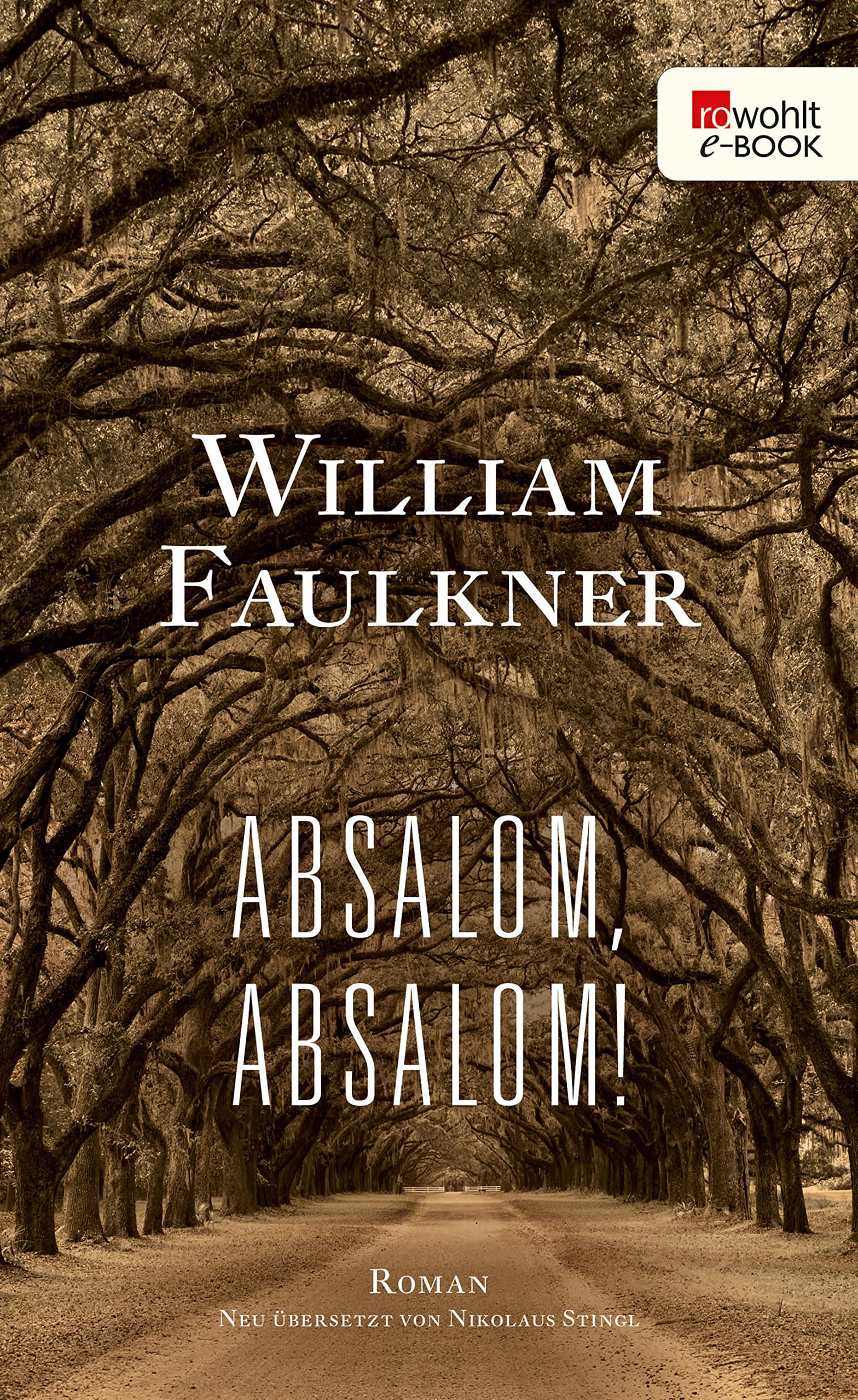By William Faulkner
William Faulkner’s “Absalom, Absalom!” is a complex and multi-layered novel that makes use of various literary devices to explore themes such as the American South, the legacy of slavery, and the nature of memory. Through Faulkner’s use of narrative structure, symbolism, and stream-of-consciousness writing, the novel invites readers to explore the complexities of history, identity, and human relationships.
Themes 📚
- The Illusion of Power
- History and its Complexity
- The Legacy of the Past
- Race and Identity
- The Fallibility of Memory
- The Nature of Truth
- The Destructive Power of Jealousy
- The Consequences of Incest
- The Role of Women in Society
- The Myth of the American Dream
Use of Literary Devices ✍🏽
- Foreshadowing – Faulkner uses foreshadowing throughout the novel to hint at future events and build suspense.
- Stream of consciousness – The narrative is often driven by the stream of consciousness of the characters, providing insight into their thoughts and emotions.
- Flashback – The story is told through a series of flashbacks, providing a non-linear narrative that gradually reveals the truth about the characters and their past.
- Repetition – Faulkner uses repetition of phrases and images to create a sense of continuity and emphasize certain themes and motifs.
- Imagery – The novel is filled with vivid and powerful imagery, creating a sense of place and atmosphere that immerses the reader in the story.
- Symbolism – Faulkner uses a variety of symbols throughout the novel, including colors, objects, and characters, to represent deeper meanings and themes.
- Irony – The novel is filled with irony, particularly in the contrast between the characters’ expectations and the reality of their lives.
- Allusion – Faulkner makes numerous allusions to literary works and historical events, enriching the novel’s meaning and depth.
- Ambiguity – The novel is often intentionally ambiguous, leaving the reader to interpret the events and motivations of the characters.
- Metaphor – Faulkner uses metaphor throughout the novel to create rich and complex comparisons that deepen the meaning and significance of the story.
Examples of Literary Devices 📋
- Stream of Consciousness
| Example | Explanation |
|---|---|
| Quentin’s narrative | Quentin’s narrative often slips into a stream of consciousness, reflecting his mental state and his struggle to understand the history of the Sutpen family. |
| Rosa’s narrative | Rosa’s narrative also uses this technique, showing her emotional involvement and her struggle to make sense of the past. |
| Shreve’s narrative | Shreve’s narrative, while less emotional, also slips into stream of consciousness as he tries to piece together the story from Quentin’s fragments. |
- Nonlinear Narrative
| Example | Explanation |
|---|---|
| The entire plot | The story of Thomas Sutpen is told out of chronological order, revealing key details at different points in the narrative. |
| The multiple retellings | The same events are retold by different characters, often revealing new information or different perspectives on the events. |
| The final chapter | The final chapter, which reveals the truth about Charles Bon and Henry Sutpen, is a significant example of the non-linear narrative. |
| Example | Explanation |
|---|---|
| Sutpen’s Hundred | Sutpen’s plantation is a symbol of his ambition, his ruthlessness, and the destructive effects of his obsession. |
| Charles Bon’s octoroon mistress | She symbolizes the hidden realities of race and sex in the South. |
| Absalom | The biblical allusion in the title symbolizes the themes of familial betrayal and the destructive effects of obsession. |
| Example | Explanation |
|---|---|
| Rosa’s early description of Sutpen | Rosa’s description of Sutpen as a “demon” foreshadows the destruction he will cause. |
| The repeated references to incest | These references foreshadow the revelation of Charles and Judith’s relationship. |
| Quentin’s obsession with the Sutpen story | This foreshadows his own fate in “The Sound and the Fury”. |
FAQs 💭
What is a literary device?
A literary device is a technique used by writers to create a particular effect in their writing. This can include things like metaphors, similes, allusions, symbolism, and many other techniques that help to convey meaning and add depth to a work of literature.
What are some of the major themes in “Absalom, Absalom!”?
Some of the major themes in the novel include the legacy of slavery, the nature of history and memory, the destructive power of obsession, the corruption of the American South, and the struggle for identity and belonging.
How does the author use symbolism in the novel?
What is the significance of the non-linear narrative?
How does the author use foreshadowing in the novel?
The author uses foreshadowing to build suspense and anticipation, particularly around the mystery of Thomas Sutpen’s past and the eventual downfall of his family. This helps to create a sense of inevitability and tragedy, as events are shown to be leading inevitably towards their tragic conclusion.
What role do metaphors play in the novel?
How does the author use irony in the novel?
Irony is used throughout the novel to create a sense of detachment and distance from the events of the story. This includes situational irony, where events do not turn out as expected, and dramatic irony, where the reader knows something that the characters do not.
What is the significance of the multiple narrators?
The use of multiple narrators in the novel helps to create a sense of subjectivity and uncertainty, as each character brings their own biases and perspectives to the story. This helps to reinforce the idea that the truth of history and memory is always elusive and contested.

